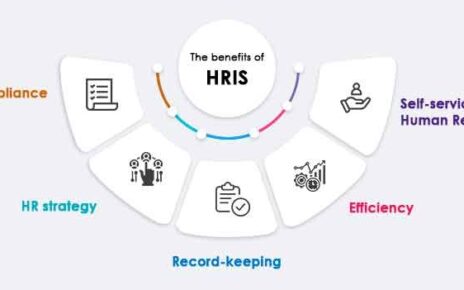Are you a small business owner with a physical store or a customer base concentrated in a specific area? Local search engine optimization (SEO) will help you reach your ideal audience through platforms like Google, Yelp, and Bing.
While general SEO strategies work, adopting local SEO can be a game-changer for a small business. With the right tools and methods, you can connect with potential customers who may have yet to hear of your business. In this article, Mac, a Swindon Local SEO expert, shares tips to help you appear in search results when someone nearby is searching for a business like yours. Let’s dive in!
Optimize Your Google My Business Listing
If you are a local business owner looking to increase your online visibility and attract more customers in your area, and you have a Google My Business (GMB) listing, it’s time to get started.
You’ve probably noticed GMB listings pop up on the right of Google search results, providing all the essential details about a business you might be interested in visiting. By claiming your listing, you can keep your contact information, opening hours, and website URL up to date for potential customers to easily find.
Not only is an up-to-date Business Profile super convenient for helping local customers find you, but you can also gather and respond to customer reviews here. And let’s face it, people love reading reviews before deciding to try out a new local business.
So, how do you claim your GMB listing? It’s easy! First, create a Google Business Account (you’ll need a business email, not personal). Next, search for your business name on Google Maps to see if you have a profile already. If you do, click “Own this business?” or “Claim this business” on your Business Profile, log in with a Google Business Account, and follow the steps to obtain control of your GMB listing.
Once you control your GMB account, you can update all your business information and address any outstanding customer service issues by responding to reviews.
Claiming your GMB listing is a simple way to improve your online presence and grow your business.
Add Location Pages To Your Site
If you’ve got multiple physical locations, you will need a location page for each one on your website.
Here are a few more things to include:
- An embedded map so customers can easily find you
- Parking information
- Photos of the inside and outside of your premises
- A title and description optimized for local search
- Local news or other relevant information
- Strong calls-to-action that let visitors know what to do next
But don’t just copy and paste the same information for each location page! Make sure you customize each one with specific details about that location, such as any unique products or services on offer, and descriptions that highlight the character of that particular shop.
Make Sure Your NAP Is Constant
Let’s talk NAP – which stands for name, address, and phone number. Having consistent NAP information across all online platforms is crucial for your business’s success.
To master your NAP game, keep these tips in mind: When writing your business name, use the official name that’s used for tax purposes. Make sure to write out your full address, including standard abbreviations like “street” or “road”. Consistency is key here – using the same NAP information every time helps search engines and people trust that they’ve got the correct details for your business. Do a quick search for your brand on the web to ensure that your NAP is consistent on all platforms. If you spot any discrepancies, update your details, or contact the site in question to get it sorted.
Create Local Content
You must give both people and search engines a clear idea of where your business is based. One terrific way to do this is by creating content with a local focus. By discussing your connections to the surrounding area, you show that you are an active community member with plenty of local knowledge. This can really appeal to potential customers and boost your local search rankings.
For example, if you own a B&B in the Lake District, consider what content tourists visiting your area might be interested in. Descriptions of walking trails, local pubs, and cafes can be a great resource for people planning their trip to the area. When they’re looking for a place to stay, your hotel will come to mind.
Keywords
Of course, no discussion of local SEO would be complete without talking about keyword strategy. Keywords are the words and phrases people search for to find businesses like yours. By choosing the right keywords, you can help your business appear on the first page of local search results.
So, to boost your local search rankings, start by creating content highlighting your local knowledge and connections. Target the right keywords, and make sure your site is optimized for performance. With a little effort, you can ensure that people and search engines know exactly where you’re based!
Encourage your customers to leave Reviews
Online reviews are a powerful way to attract new customers and improve your products or services. So, don’t be shy to ask your satisfied customers to leave a short Google review.
And remember to respond to those reviews. Not only will it help your SEO, but it also shows off your customer service skills.
Link Building
Link building is another crucial aspect of local SEO. Try writing guest posts for nearby businesses or collaborating with fellow business owners to build links. The more sites that link to your site, the more Google will trust it
Remember, SEO is a combination of science and art. For brick-and-mortar businesses, finding the right balance between ranking for search terms and connecting with the local community is key. Claim your Google My Business listing, keep your NAP consistent, and create high-quality content that resonates with your target audience.
Consider starting a blog and incorporating these SEO tips into your posts to help get the word out about your business. Start implementing these tips and learn as you go.





